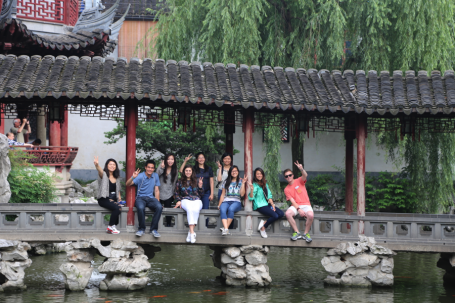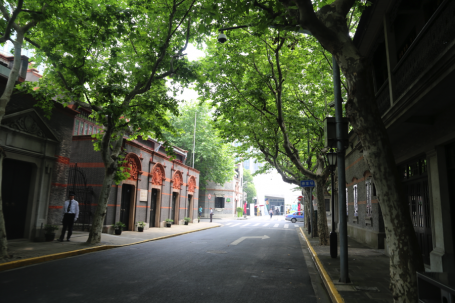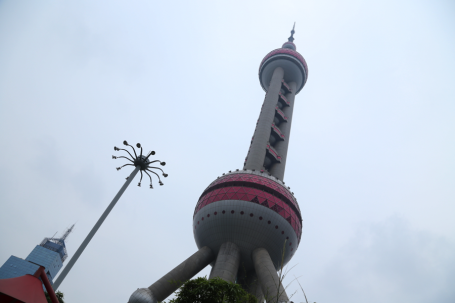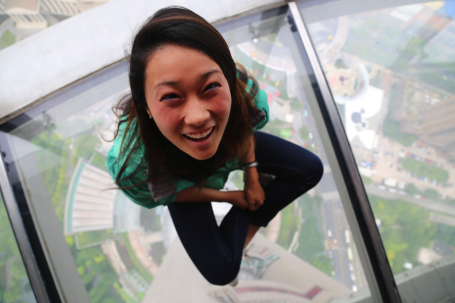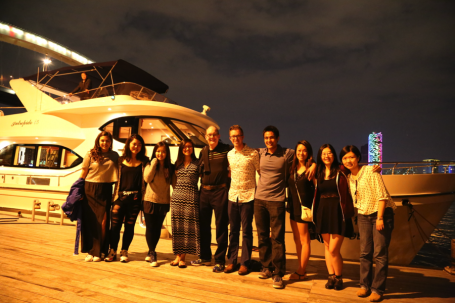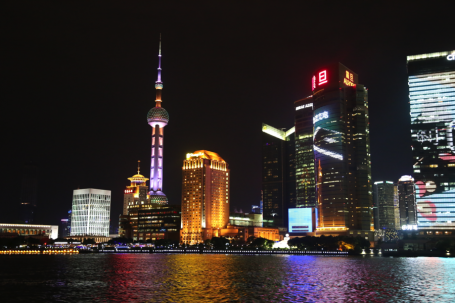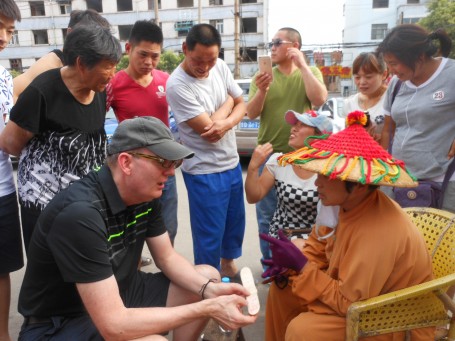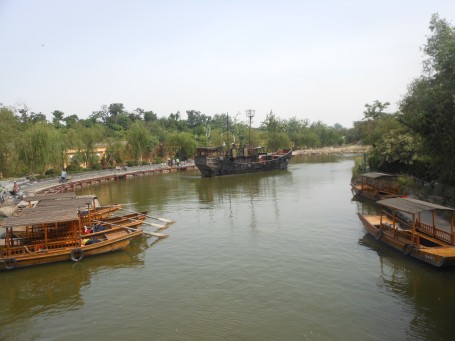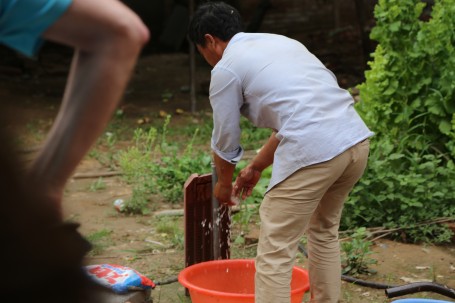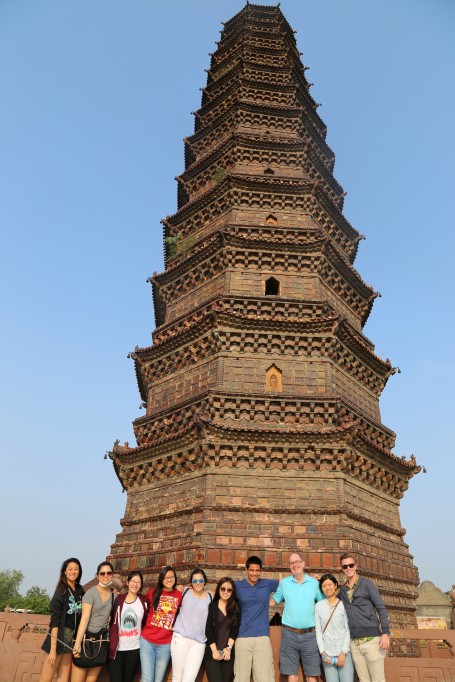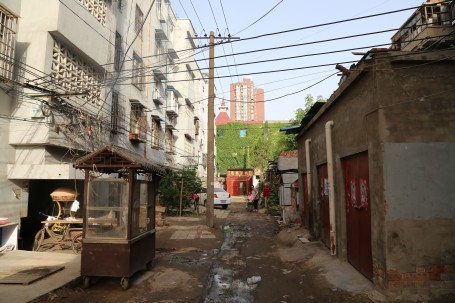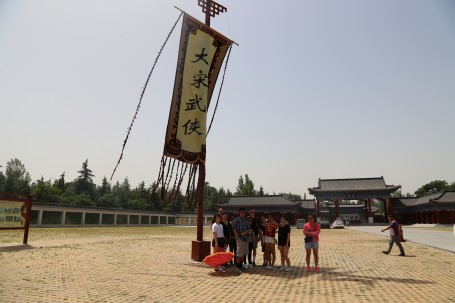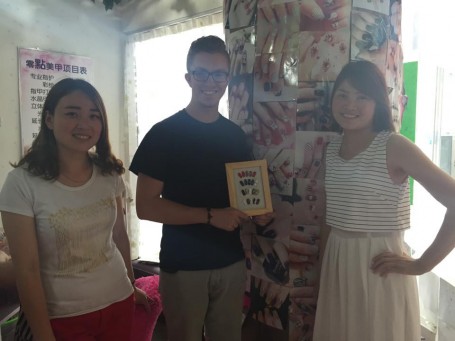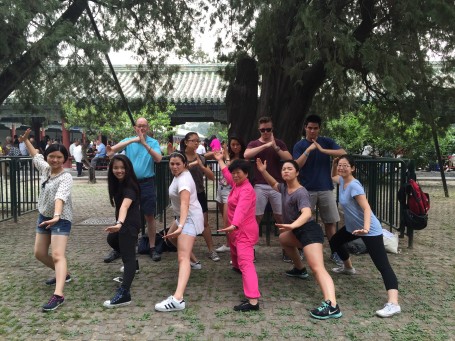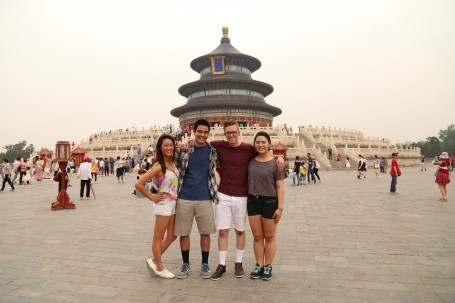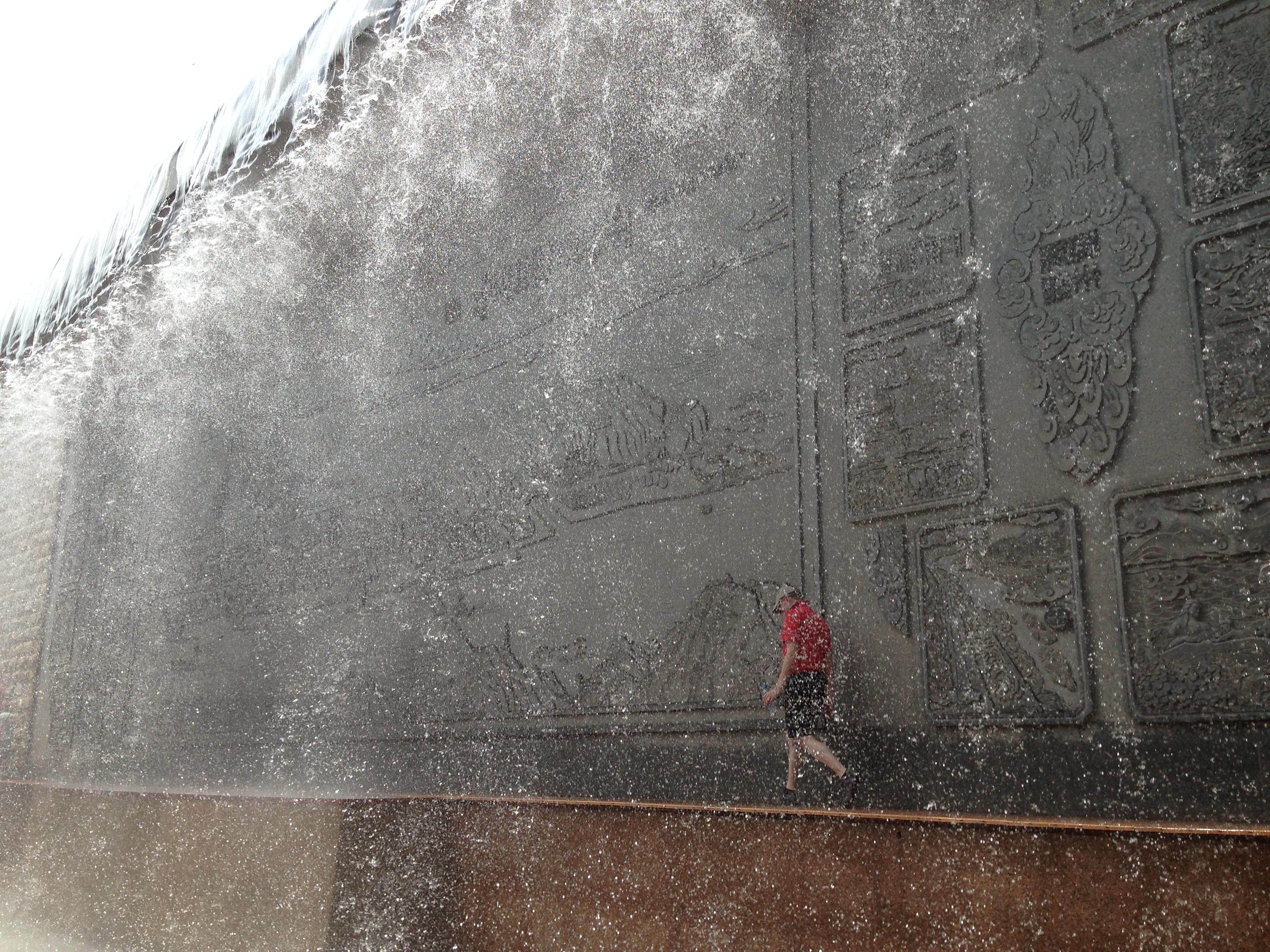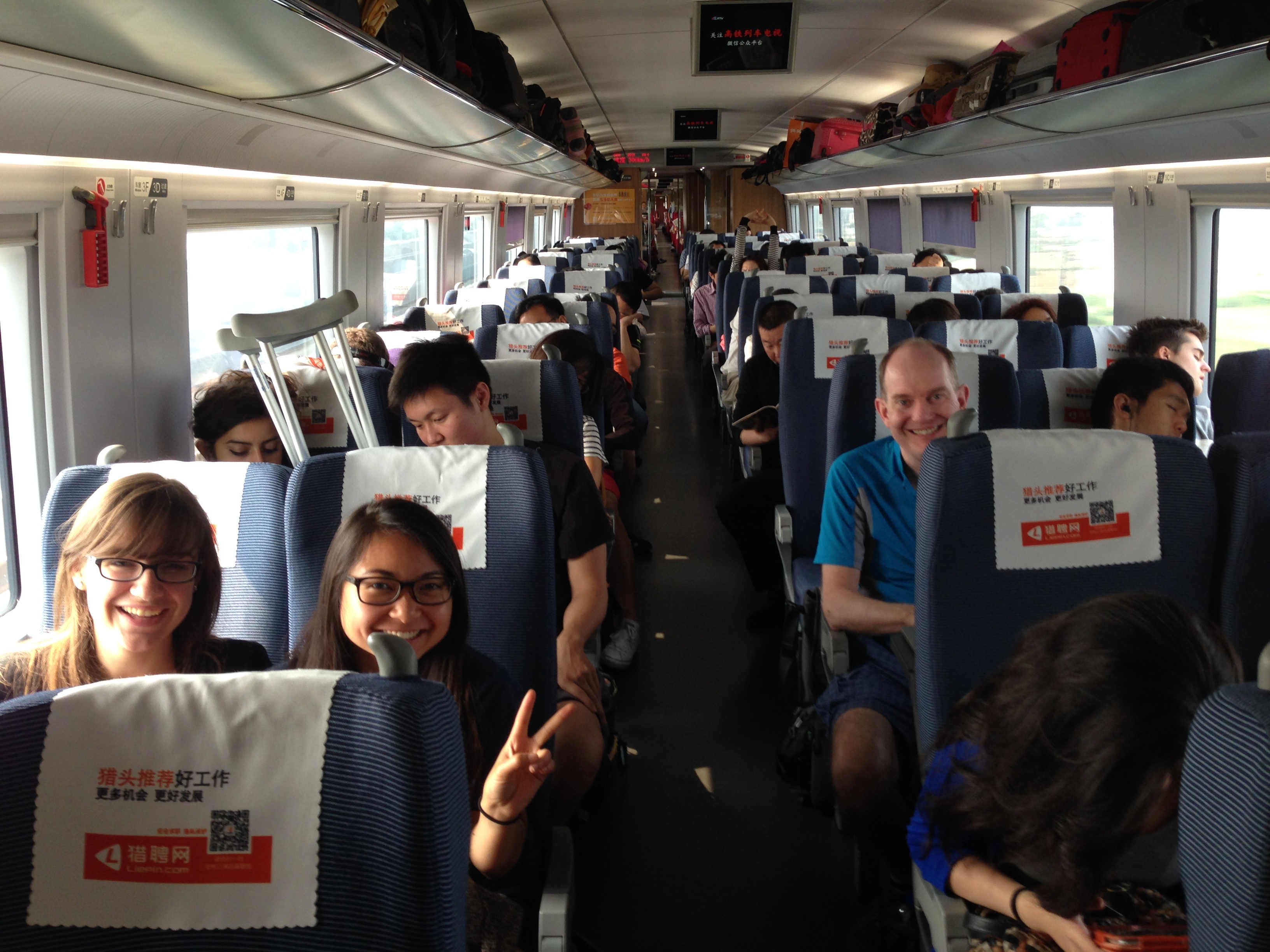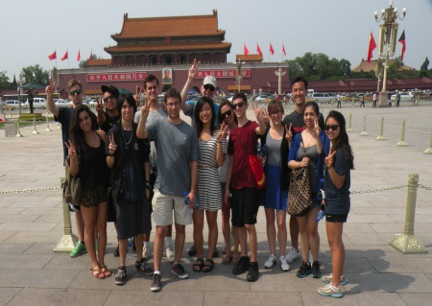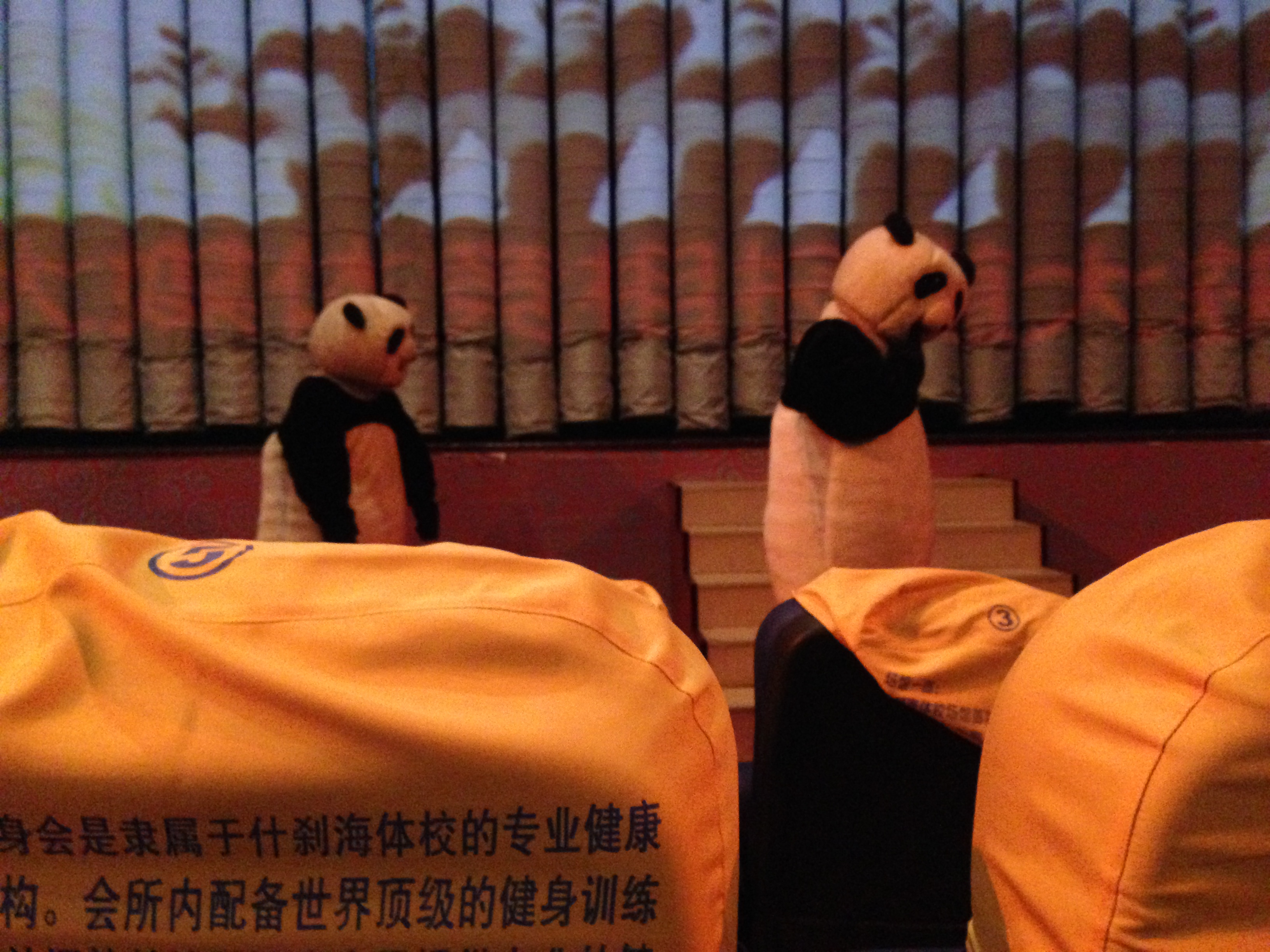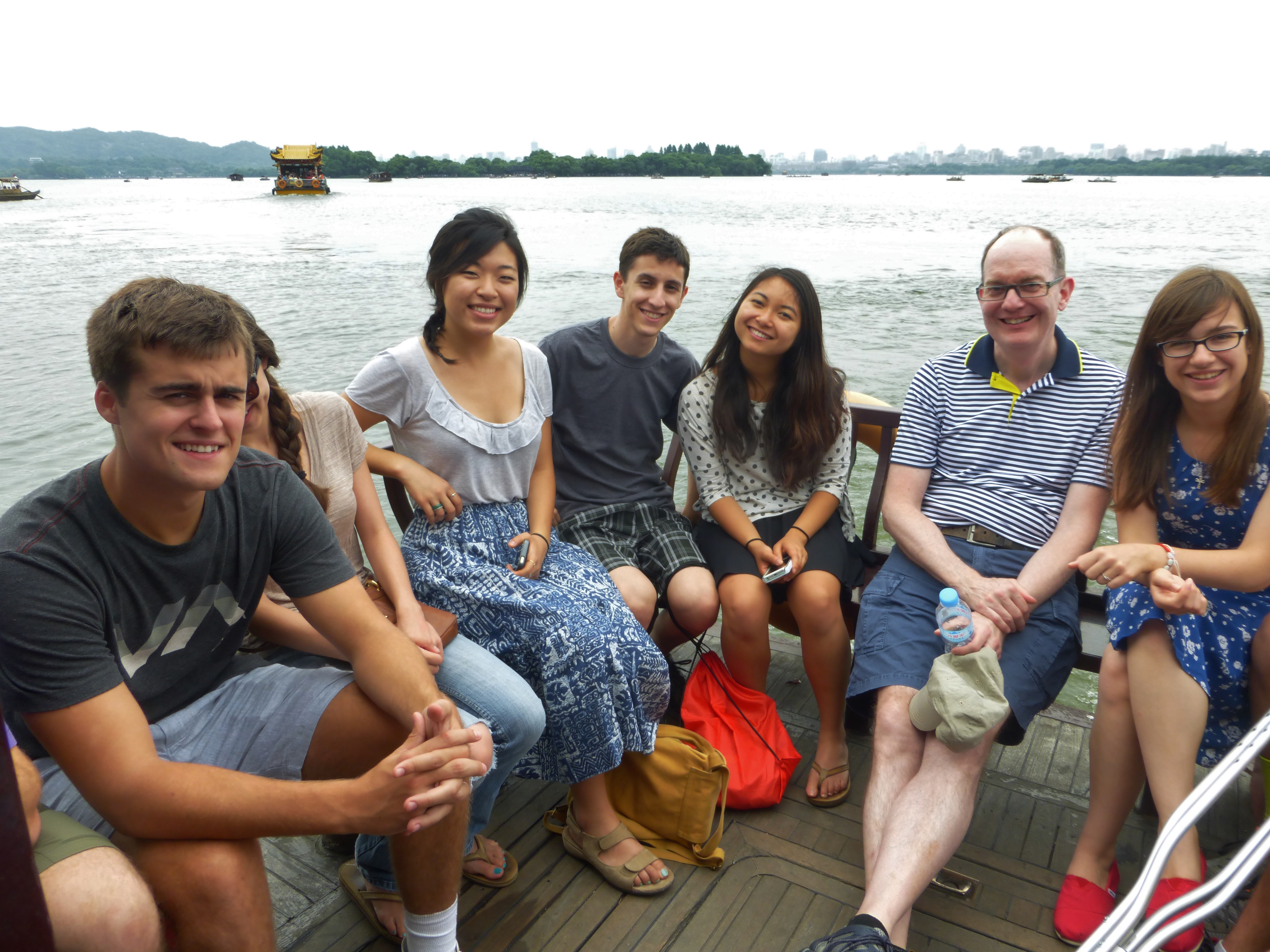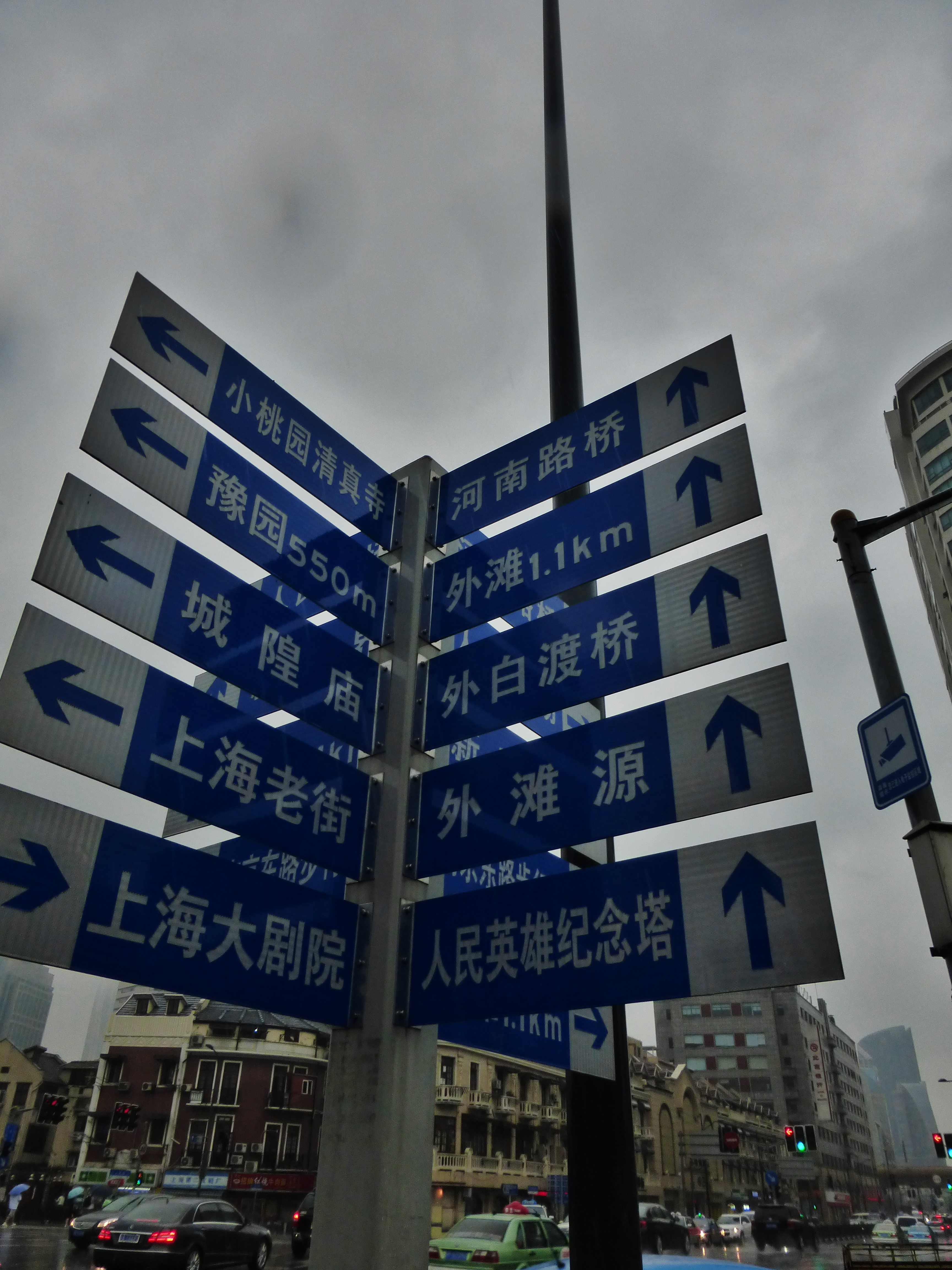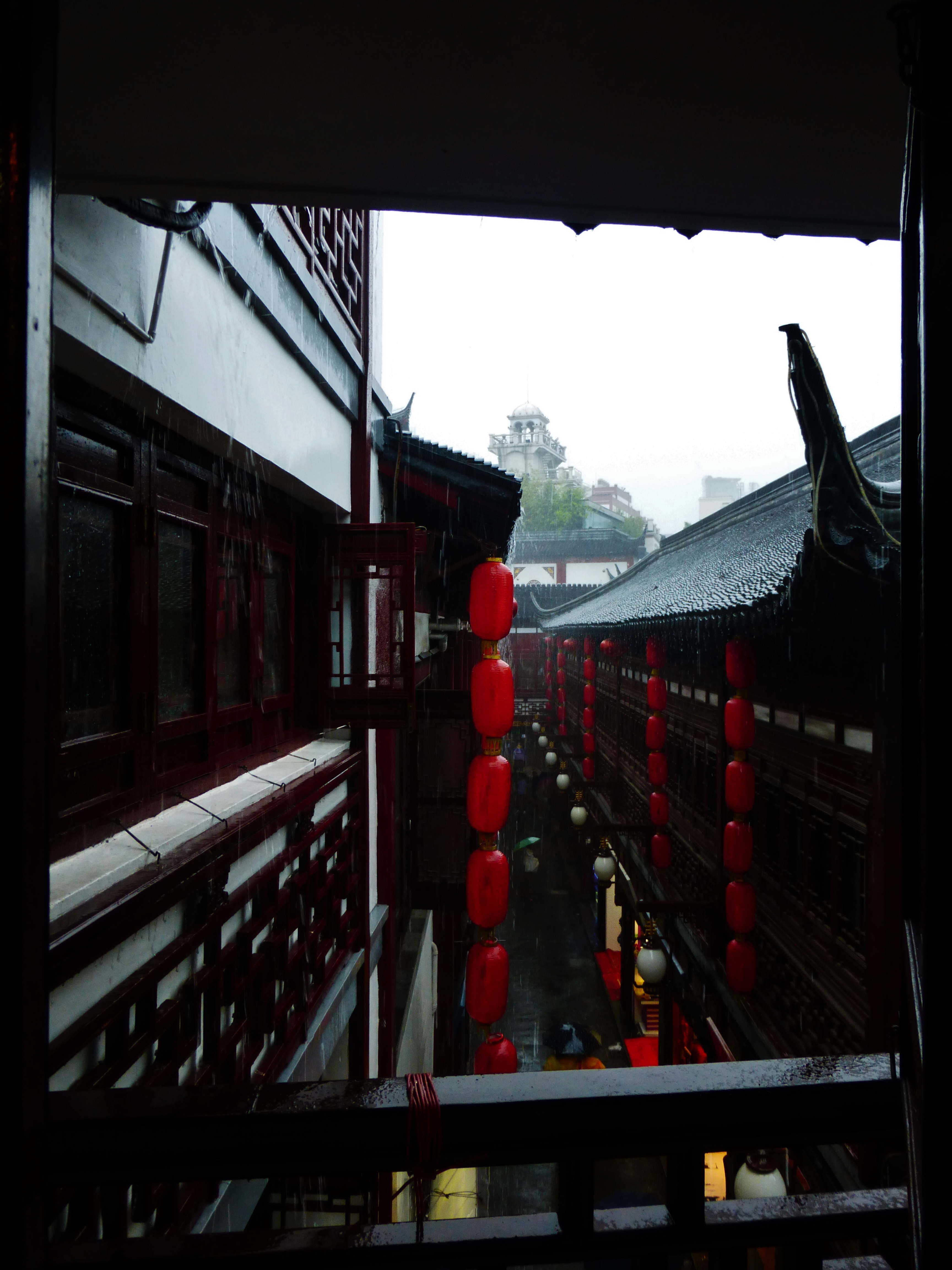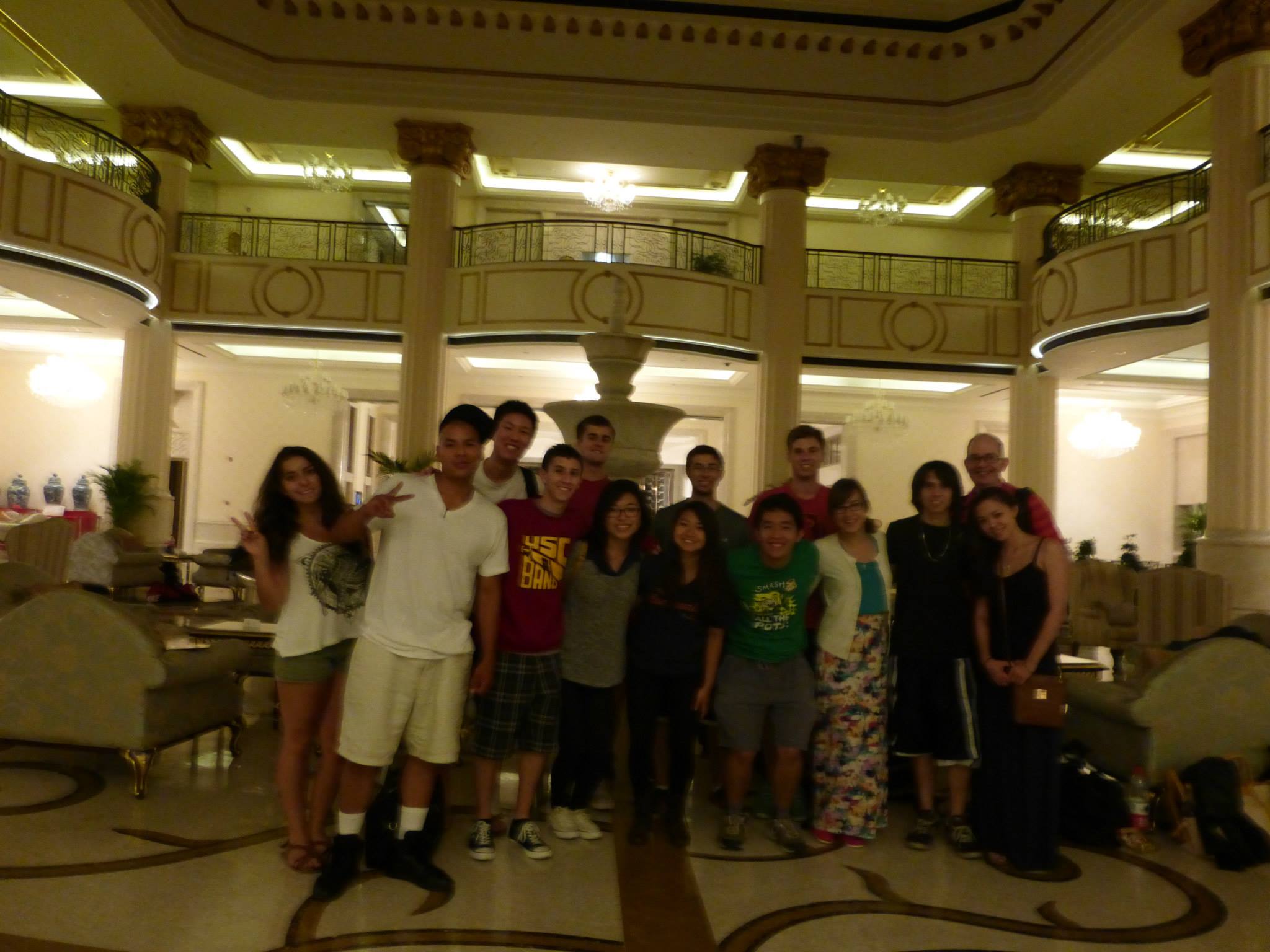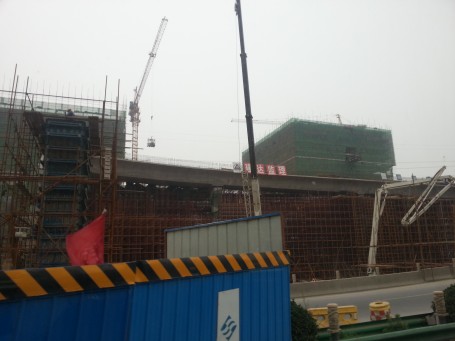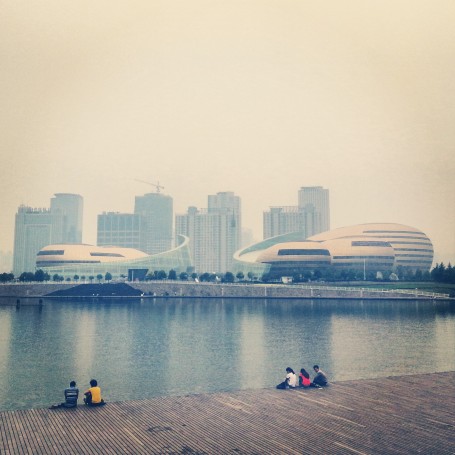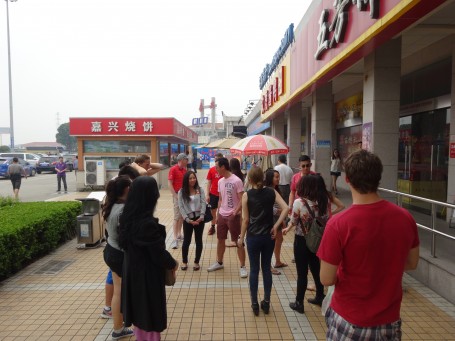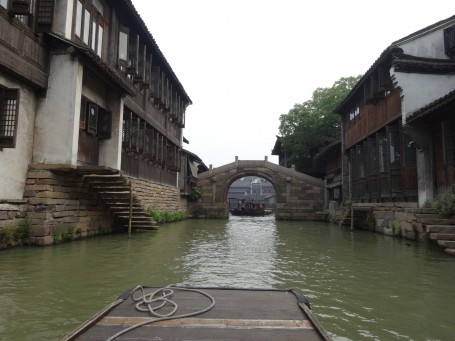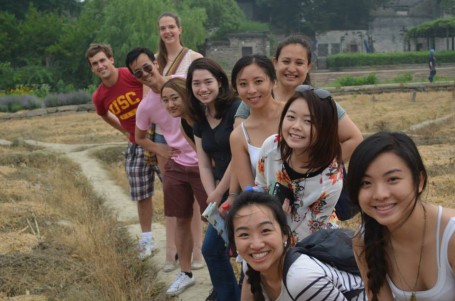By: Alice Kim and Chris Carpenter
Shanghai is an absolutely amazing place. For someone experiencing the city for the first time, it would appear to be a fusion of the old and the new, the antique and the advanced. While this is partly true (lots of developments in the city have been reconstructed to appear ages-old for the sake of tourism), the city is, as it was intended to be, an example of immense growth, expansion, and investment.
After traveling by train for over six hours, we arrived in Shanghai to the smiling face of our new tour guide, Clare. Clare took us on a preliminary tour of the city. It was nice to gain a lay of the land before being on our own for a majority of the remaining week of our time in China. One of the stops was the Yu Garden. The intricate pathways snaked through a preserved example of an exquisite Shanghai palace that included quarters for concubines and servants.
We then turned our attention to the personality of modern Shanghai. We toured the Xiantiandi area, stopping at coffee shops, international clothing stores, and even an art installation. The area was distinctly European in its makeup, with narrow streets lined with arcing trees that created an intimate and romantic experience amidst the hustle and bustle of metropolitan Shanghai.
The day’s tour culminated in seeing and climbing the Oriental Pearl Towel, the gargantuan centerpiece to the modern Shanghai skyline. After zooming into the air roughly 260 meters in 30 seconds we were given a view of the city unlike any other. It was dizzying to see the city from a bird’s eye view.
A long and exciting day came to an end in the most unforgettable of places: aboard a private yacht circling the Bund. GEA 2015 Scholar Phoebe’s immense hospitality allowed us to cruise the beautiful waters and see the nighttime skyline of a city on the forefront of modernity and technology. Advertisements as large as the high-rises they adorned broadcast messages about cell phones, and some buildings illuminated their sides with messages like “I Love Shanghai.”

